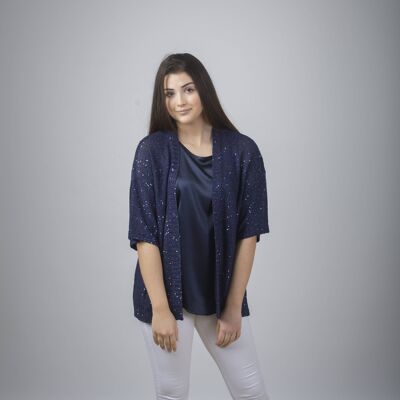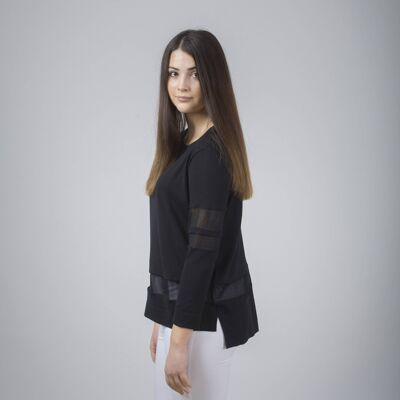MARIA DI RIPABIANCA a brand born in the 1960s, in Ripabianca, a fraction of Deruta in the province of Perugia.
In the Umbria region, motherland of cashmere, the MARIA DI RIPABIANCA brand is the author of collections that are born under the sign of the fusion of craftsmanship and technology in the name of timeless beauty, respecting the ancient English tradition but always favoring a personal and creative vision of style.
MARIA DI RIPABIANCA was born from a small workshop, up to the inauguration of several boutiques (as well as in Italy also in Hong Kong, in the USA, Northern Europe, in Switzerland, in Spain and a boutique in Saint Tropez).
In 2020 the brand was taken over by an Umbrian company already established in the clothing and footwear sector, which strongly believes in MADE IN ITALY and in the precious material "THE CASHMERE". The collections are created by combining the tradition of the most ancient processes with a modern and contemporary design, to meet all the style needs and trends of the moment, at affordable prices.
CASHMERE CREATION
Soft, fluffy and warm. These are the adjectives that usually come to mind when we hear the word CASHMERE.
CASHMERE is one of the rarest and most precious fibers that can be found. Cashmere fibers are obtained from the fleece of a particular species of goat, called Capra Hircus, which is not by chance also called "cashmere goat" and is mainly bred in countries such as Russia, Iran, Afghanistan, Turkey, India. Inner Mongolia Cashmere, on the other hand, is the finest cashmere that comes directly from Inner Mongolia, a very harsh climate area that produces about 90% of the world's cashmere.
This type of cashmere, among the most beautiful and precious in the world, stands out for the finesse and extreme softness of its fibers. These fibers inside have a particular air chamber structure that favors thermal insulation in order to pleasantly warm the wearer.
The areas where cashmere is processed are characterized by a very harsh and cold climate (about 40 ° C below zero).
To protect themselves from bad weather and cold temperatures, cashmere goats have two coats: one more superficial and another more in contact with the skin.
During the spring the cashmere is harvested and the shepherds usually cut the outer hairs first with scissors and then collect the finest part of the coat with special combs. At this point, the fibers that come from the two coats of the goats are separated because the real cashmere is the one that comes from the so-called duvet (i.e. the coat closest to the goats' skin).
THE HISTORY OF CASHMERE
Cashmere takes its name from the Kashmir region, an area of India where the first processing of this material began. This precious fabric begins to be used and worked since ancient times, in the Roman era.
In the 19th century, the Scottish manufacturer Joseph Dawson devised the method of separating the finest goat fibers from the coarse hair that must be discarded.
The very high quality, the extraordinary softness and the warmth of cashmere have convinced merchants, kings and emperors over the course of history to choose and proudly wear this splendid fabric, which since ancient times has always distinguished itself as a noble and elitist material, destined to the more affluent class.






























































